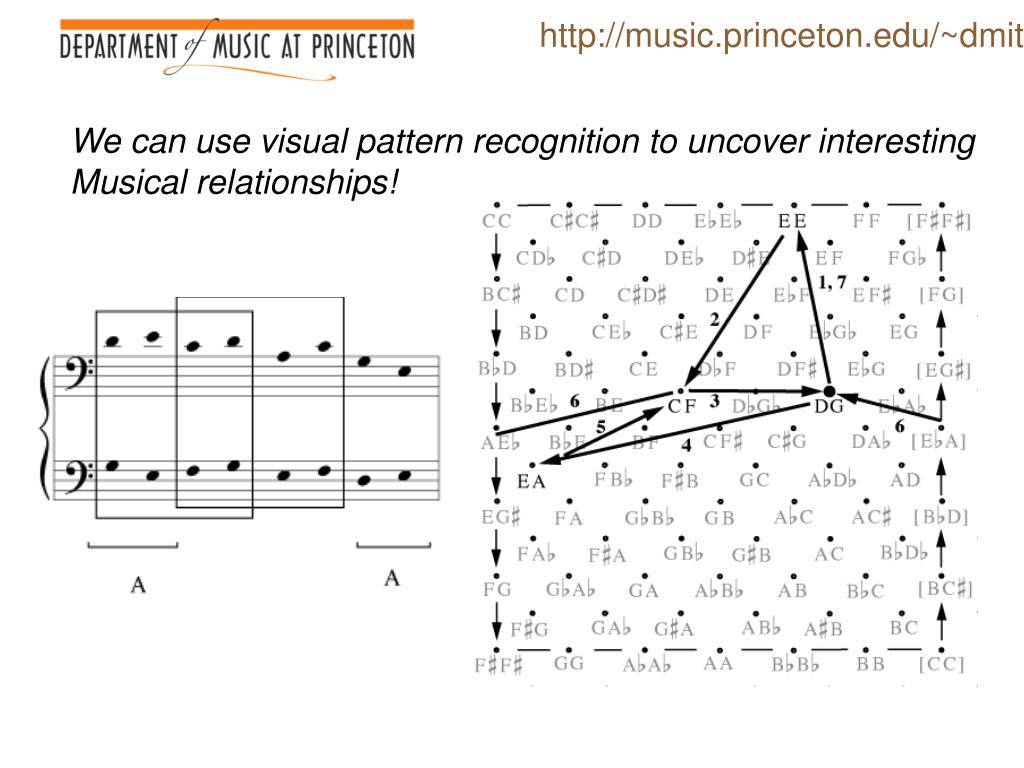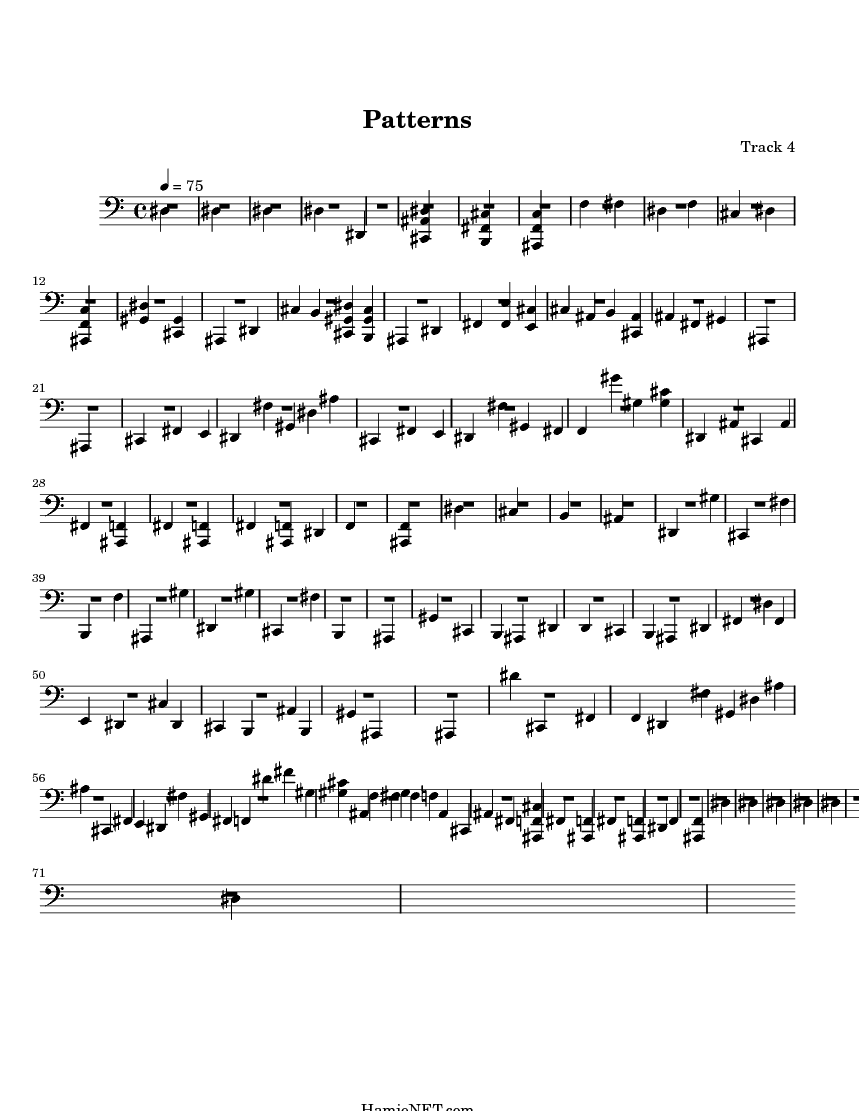

Those who perform music need to have a good understanding of mathematical concepts. There are whole notes, half notes and quarter notes a waltz is normally in ‘¾’ timing.
#Music math patterns full
Music has rhythms, tempos, beats, and measures, and these are full of fractions and ratios. As absurd as it sounds, all music is essentially math. Greek philosophers like Aristotle and Plato believed in the existence of a solid connection between music and mathematics and even included music as a genre of mathematics. By concentrating on the problem at hand (left brain) while playing the piano or violin (right brain), he was able to strengthen the communication between the two hemispheres of his brain and increase brain power. Interestingly, Einstein used to play the violin when he was stuck on a mathematical problem. Robert Melillo has worked with a composer to develop a line of music that specifically addresses strengthening each hemisphere. Which means that by listening to music which reaches and stimulates a certain side of your brain (classical music and minor tones for the left side, upbeat music and major tones for the right side), you can possibly create more balance between the two sides. Recent research has shown that each brain hemisphere processes frequencies and sounds differently. And since we associate music with creativity and math with logic, we assume that each of these disciplines is controlled by a distinct side of the brain. Different hemispheres of the brain are associated with different functions - the right brain dominates our creative, holistic and emotional side, while the left side of the brain is associated with logical and analytical thinking. Our brain is arguably the most complex organ of our body. However, on a closer look, music and math are deeply interlaced and have more in common than may meet the eye. We’ve always viewed math and music as widely different, one a systematic, objective science and the other, an inspiring, emotional art.


“Music is the pleasure the human soul experiences from counting without being aware that it is counting.” - Gottfried Wilhelm von Leibniz.


 0 kommentar(er)
0 kommentar(er)
